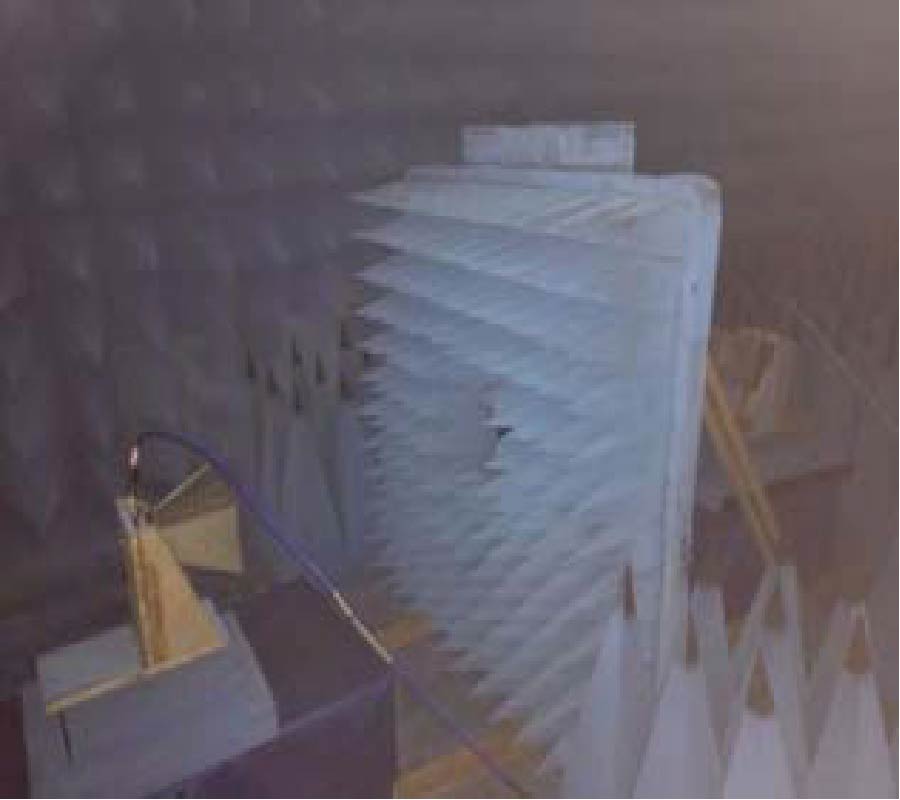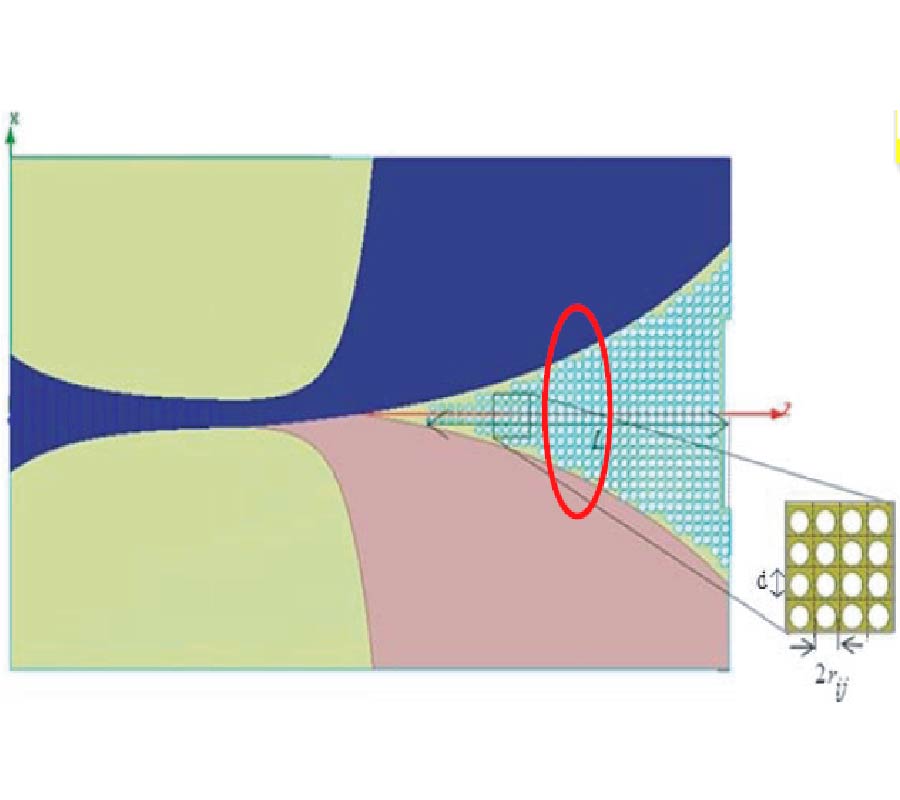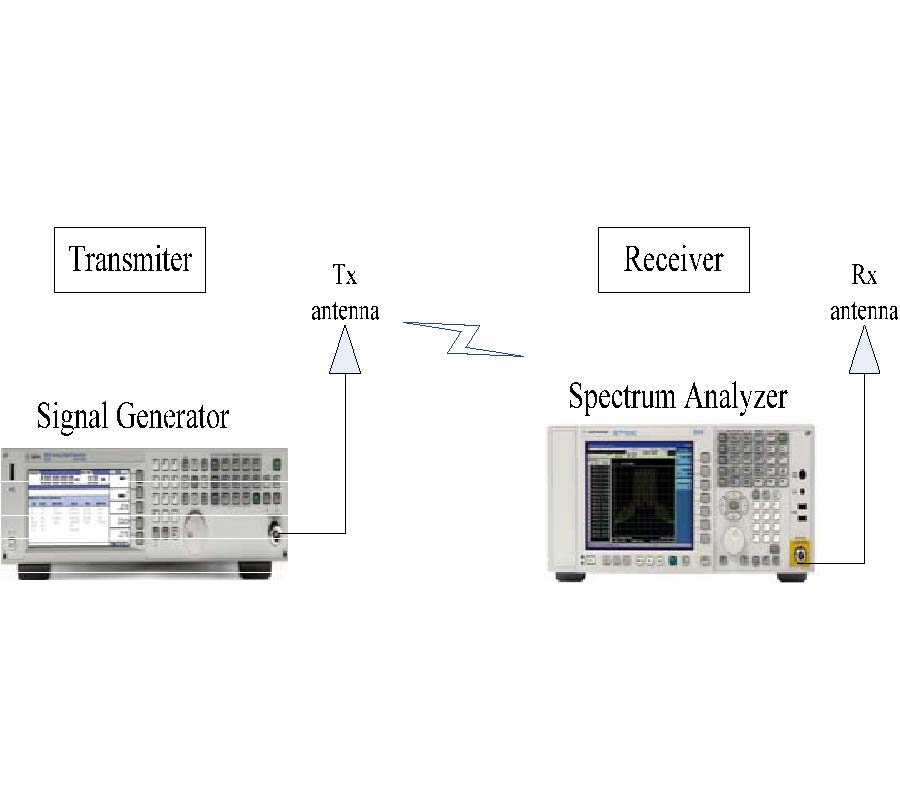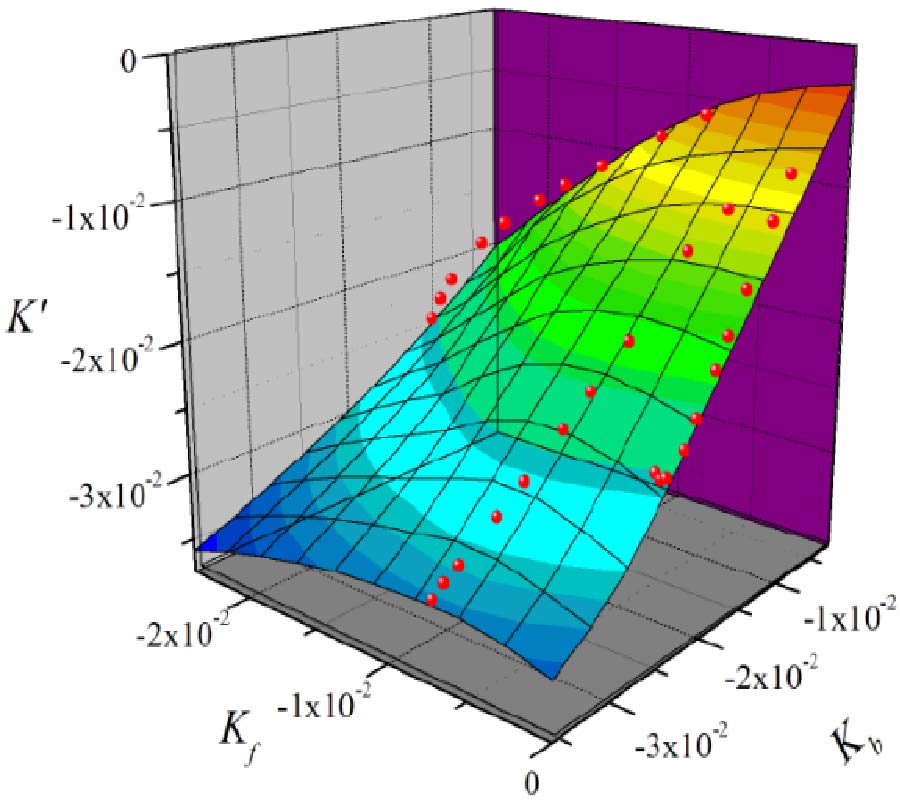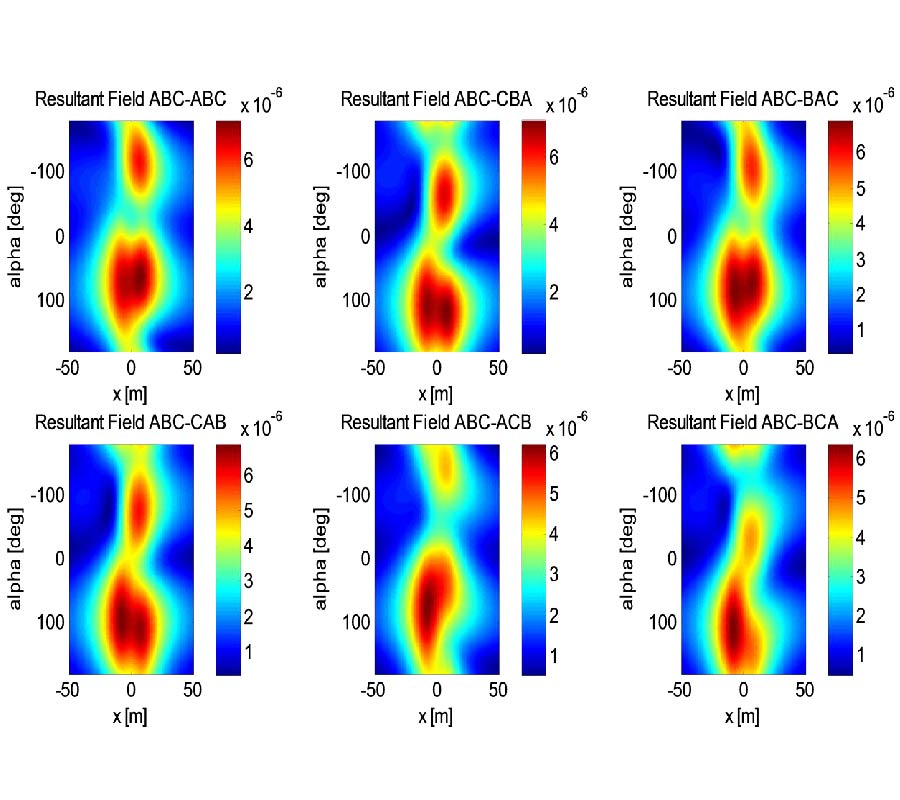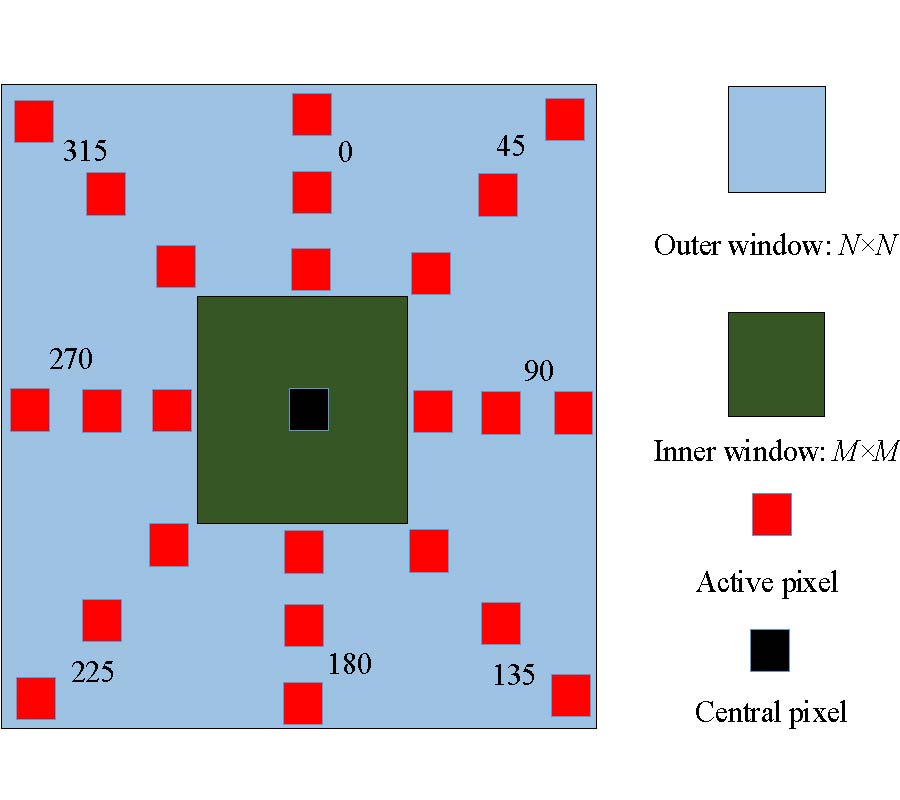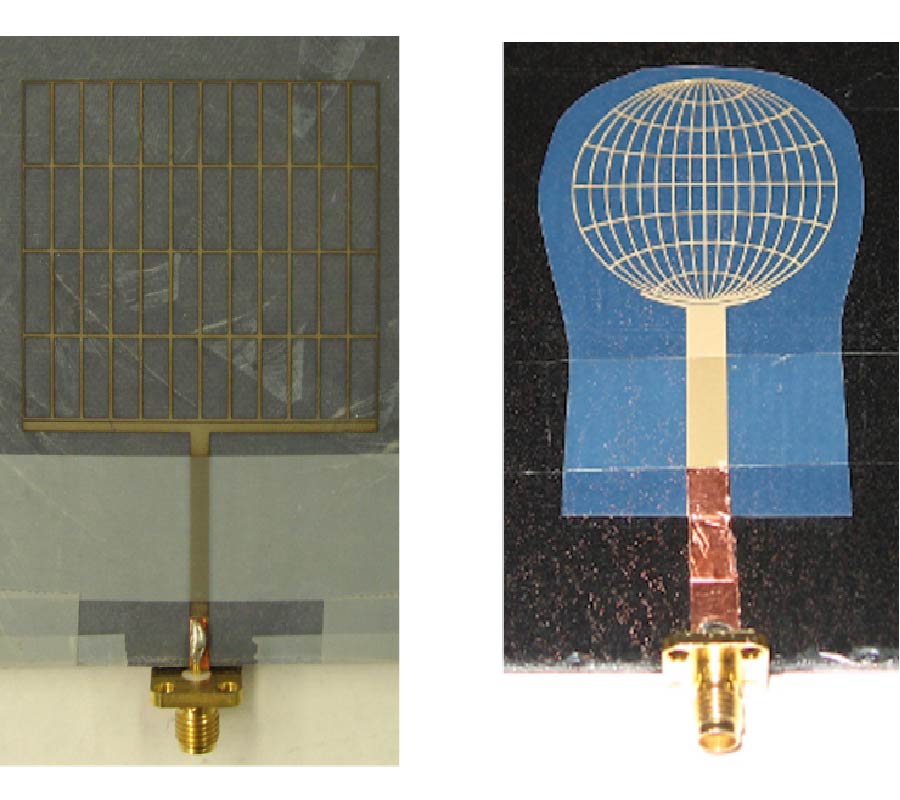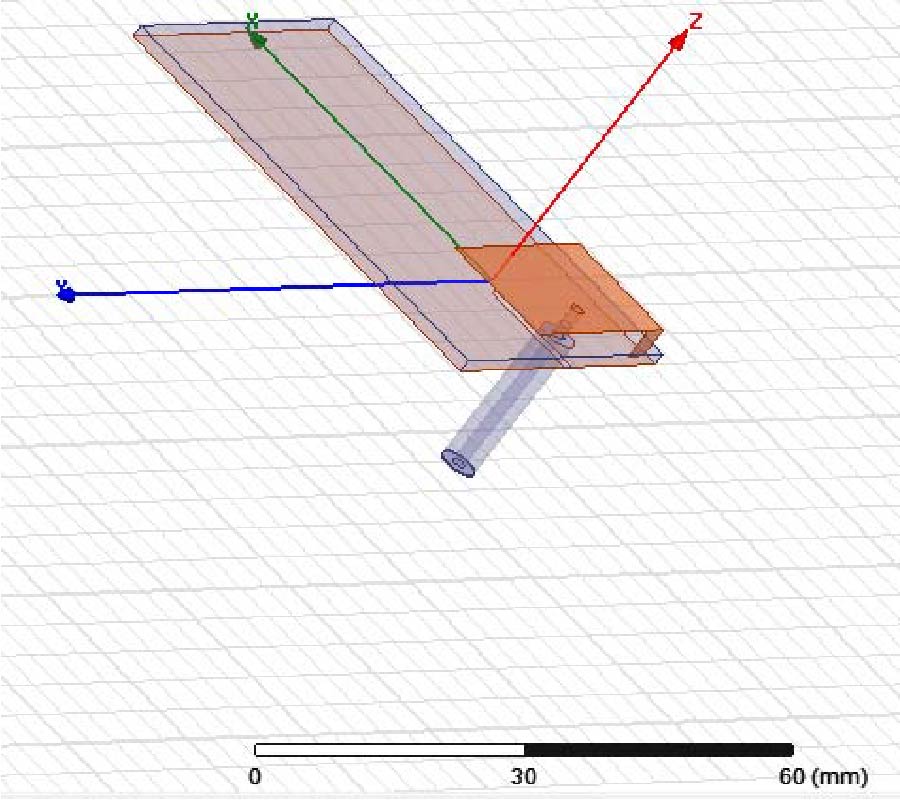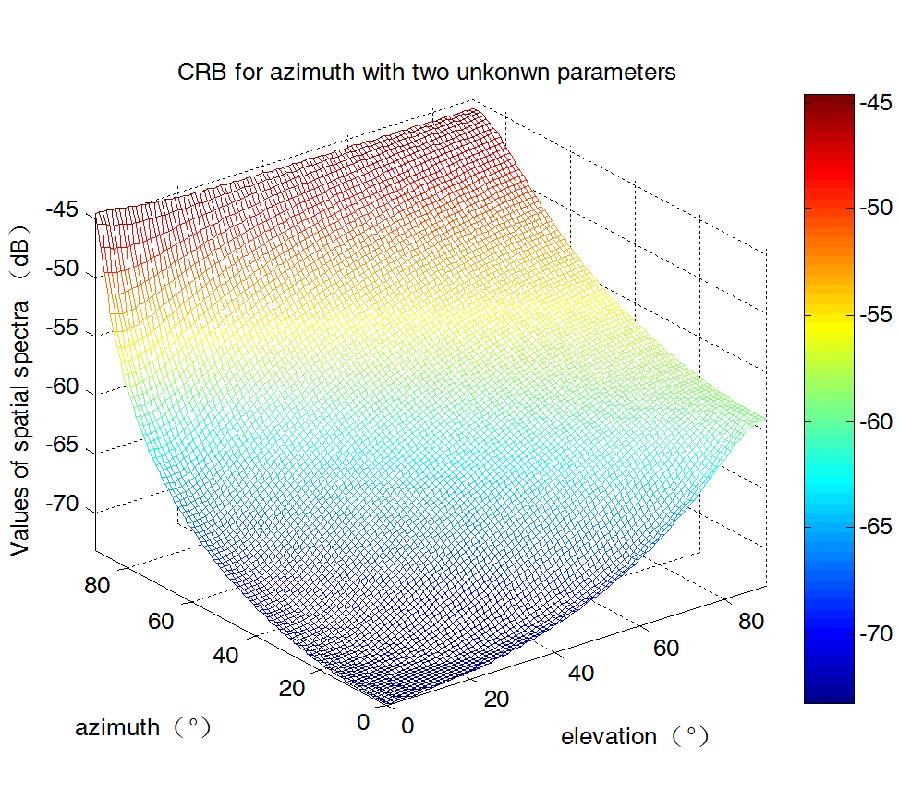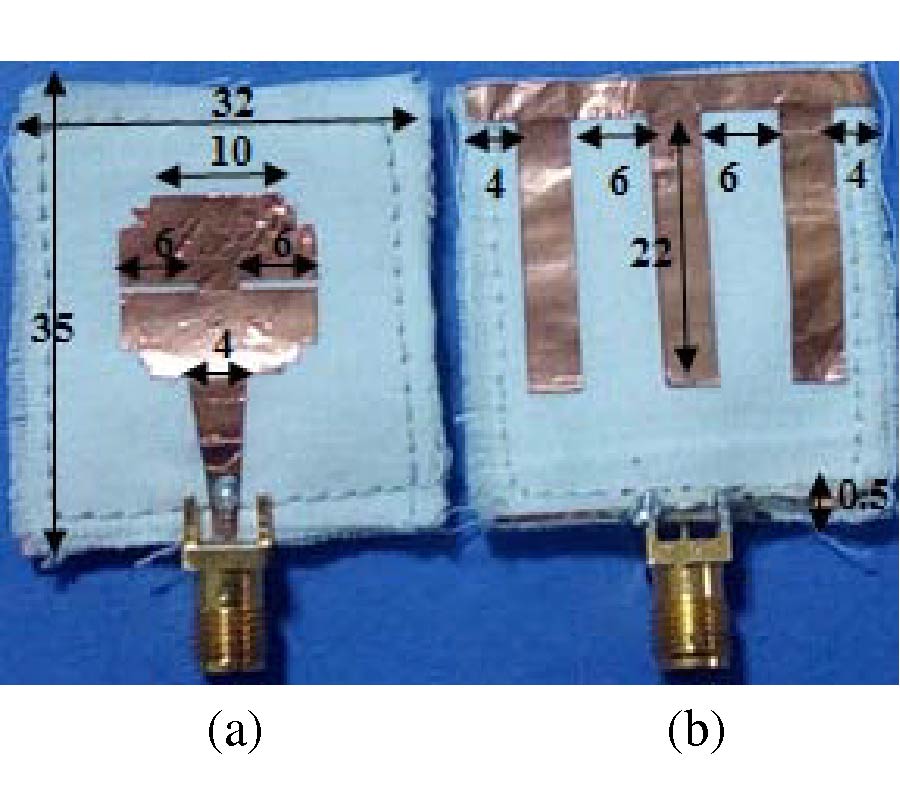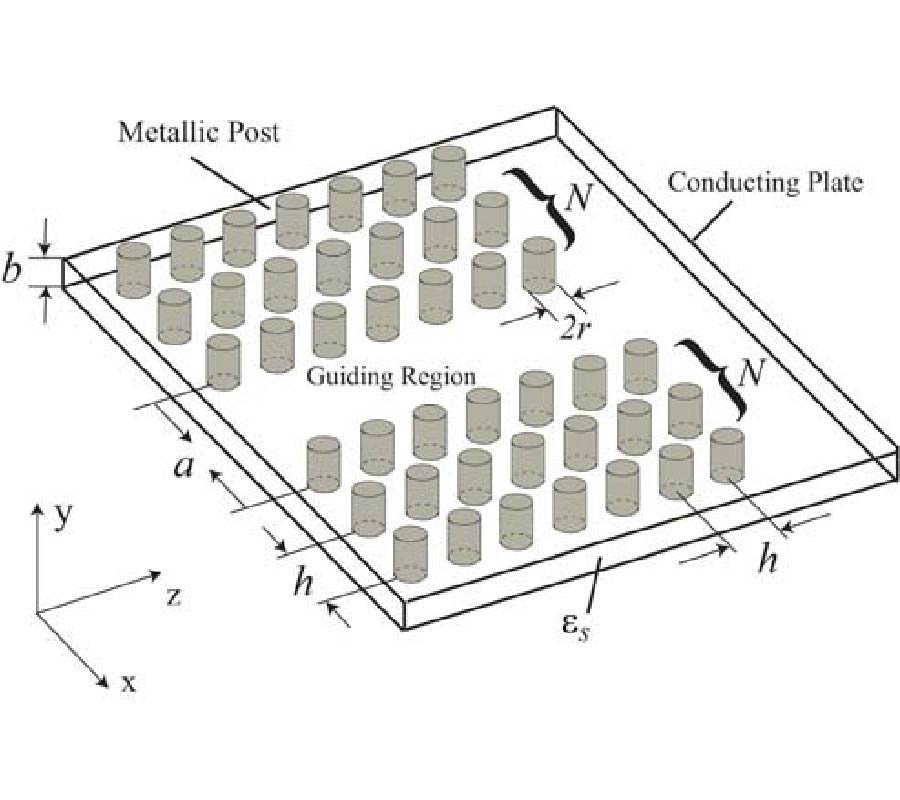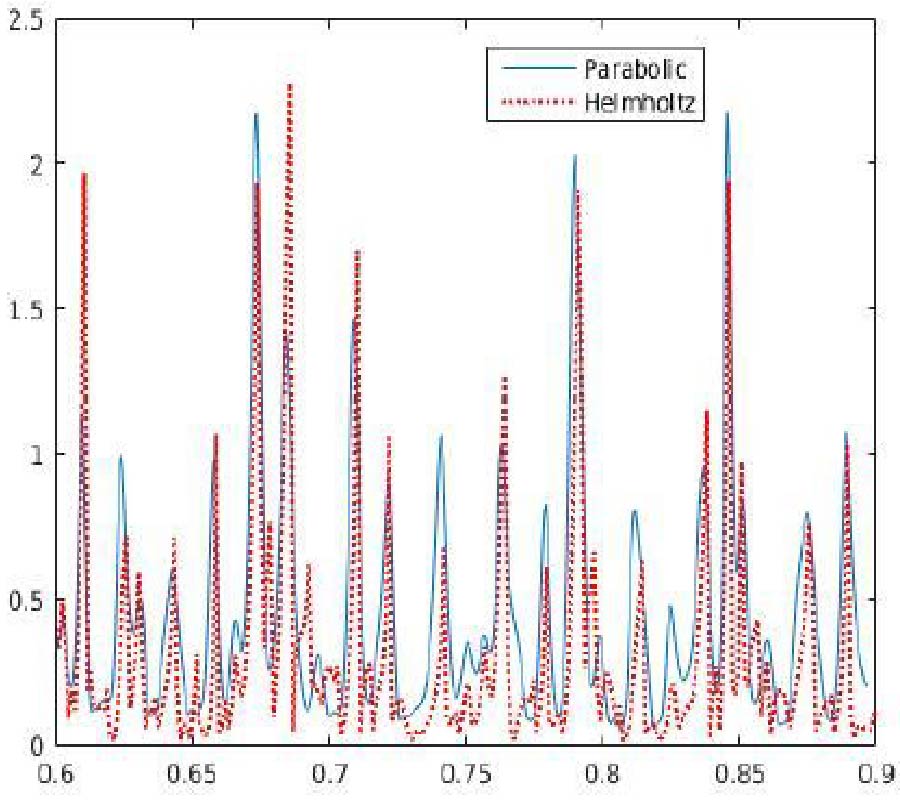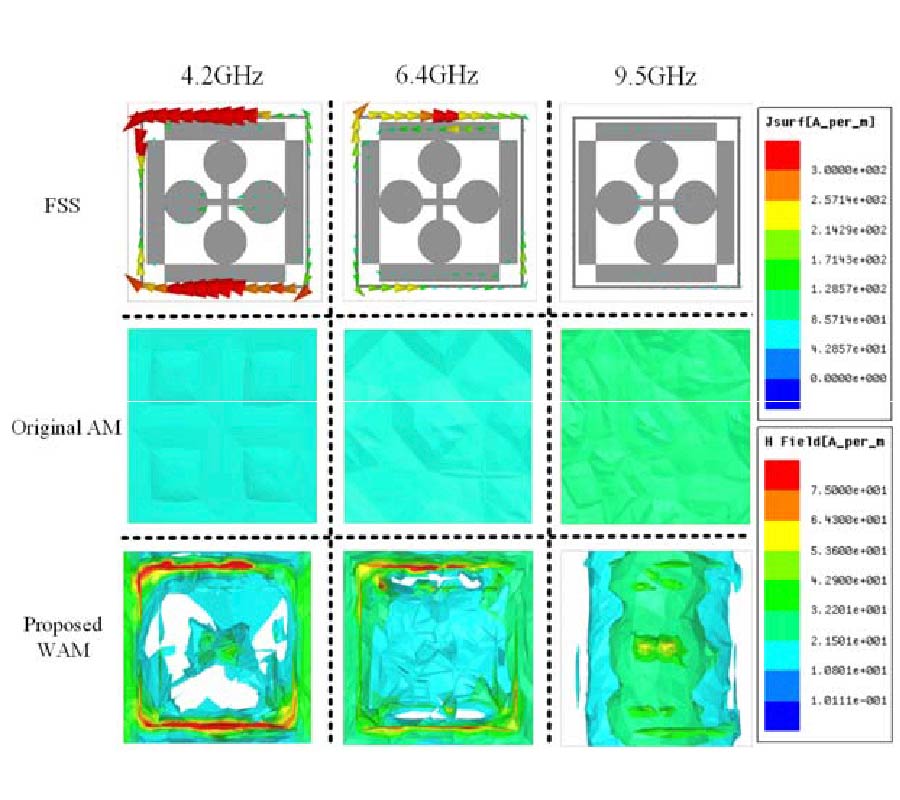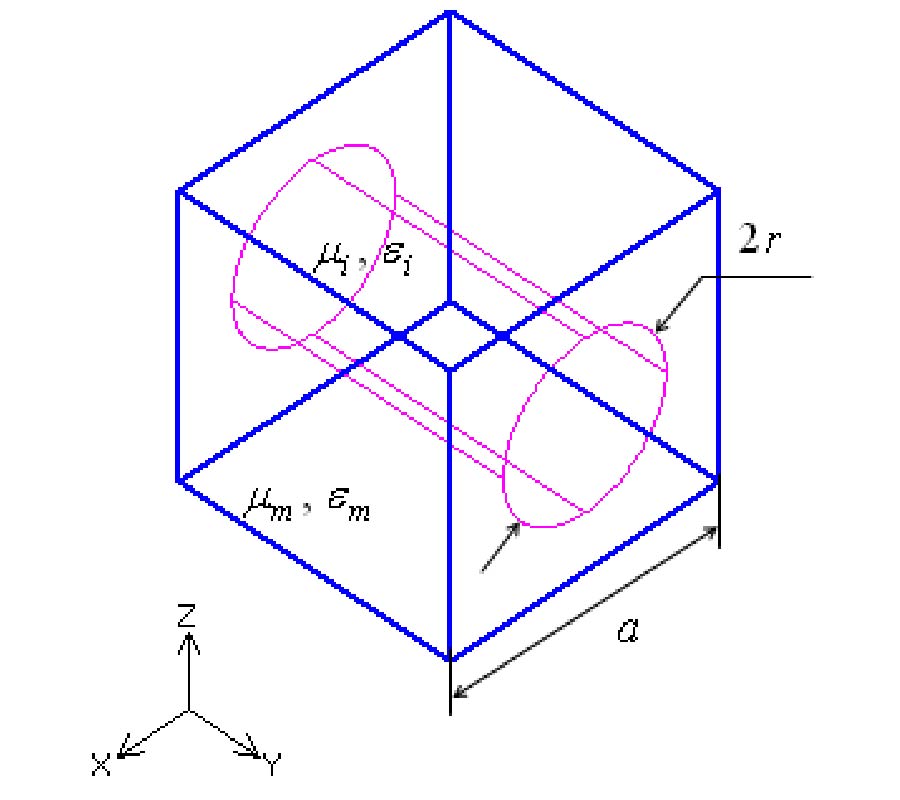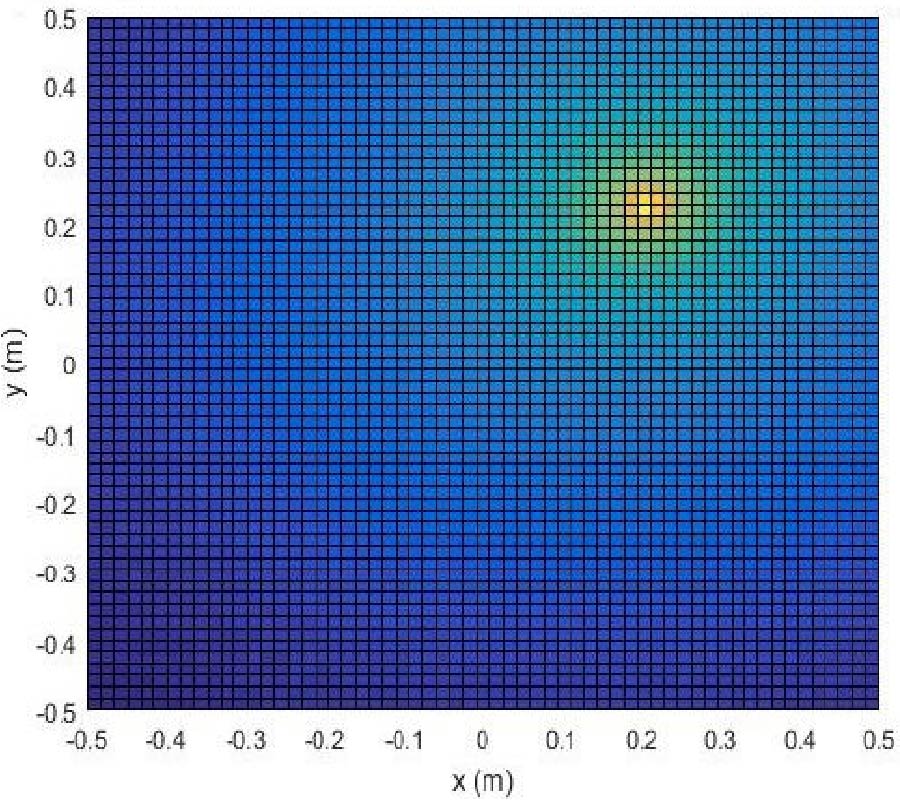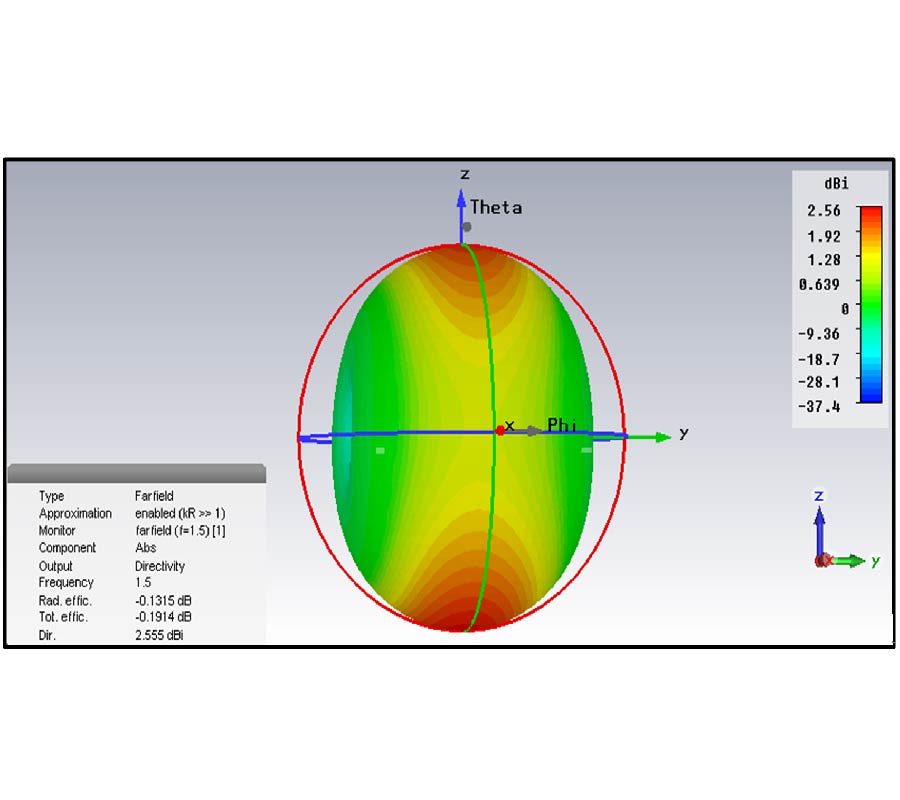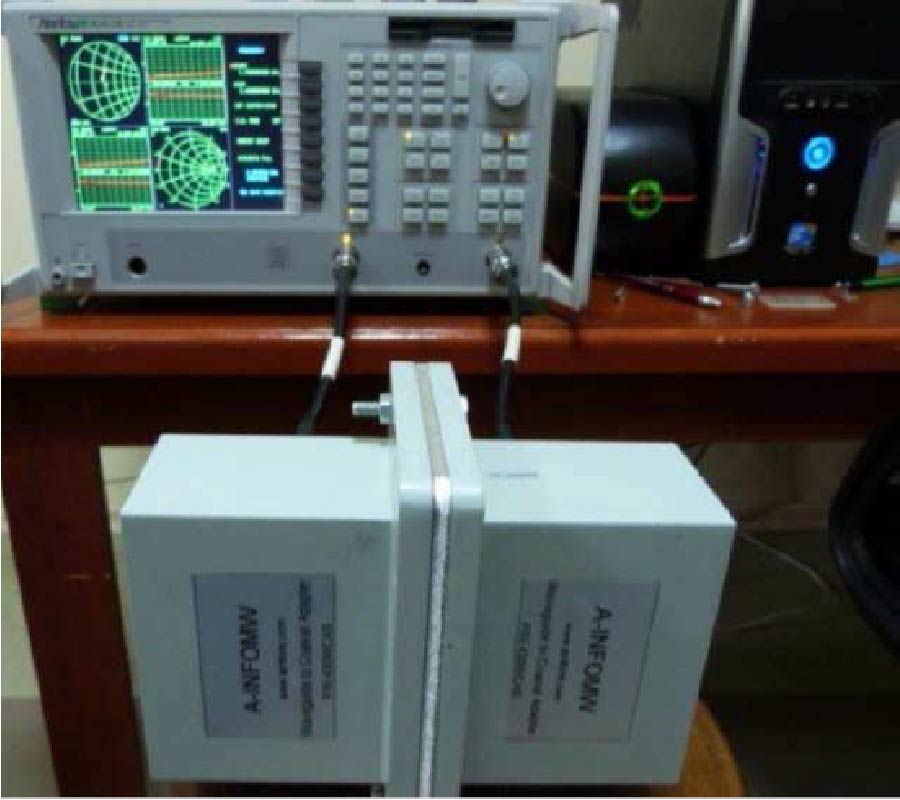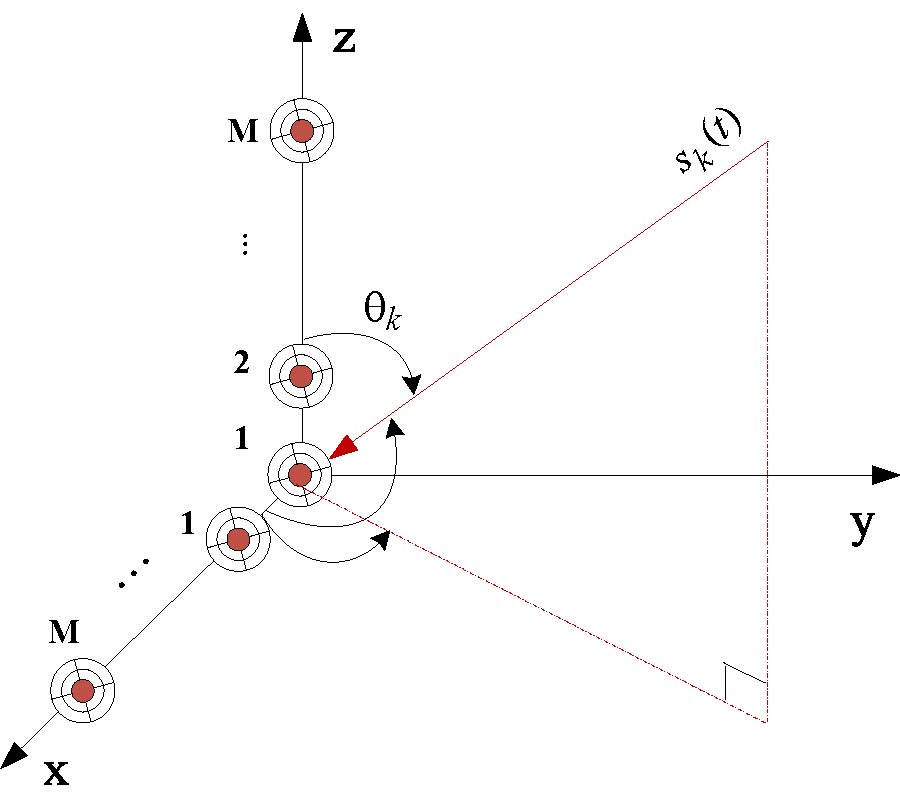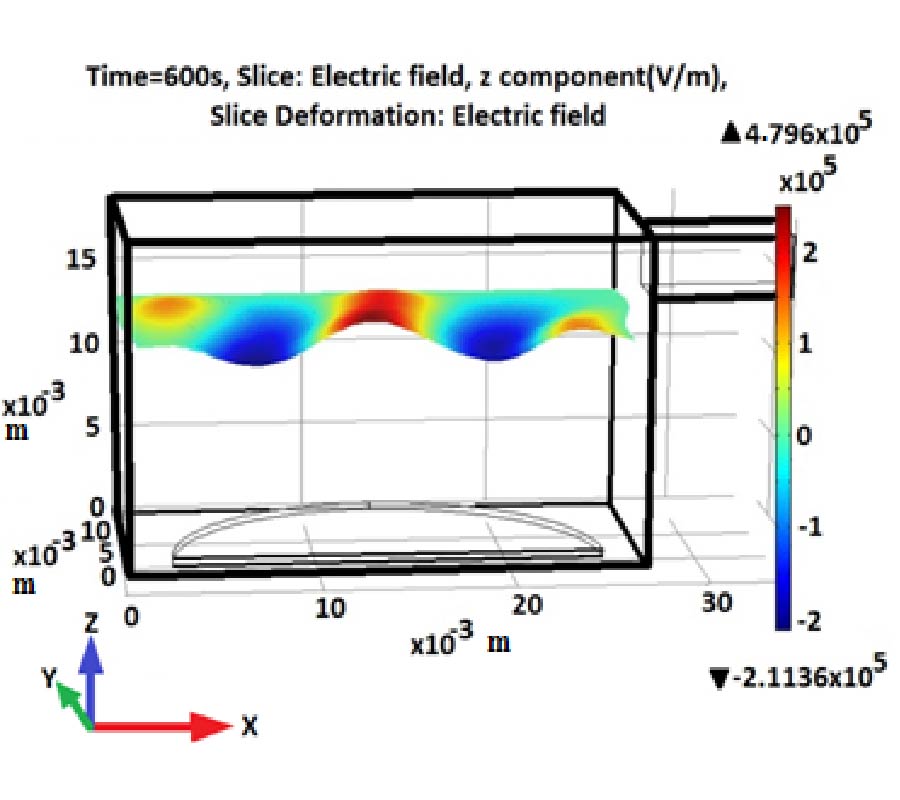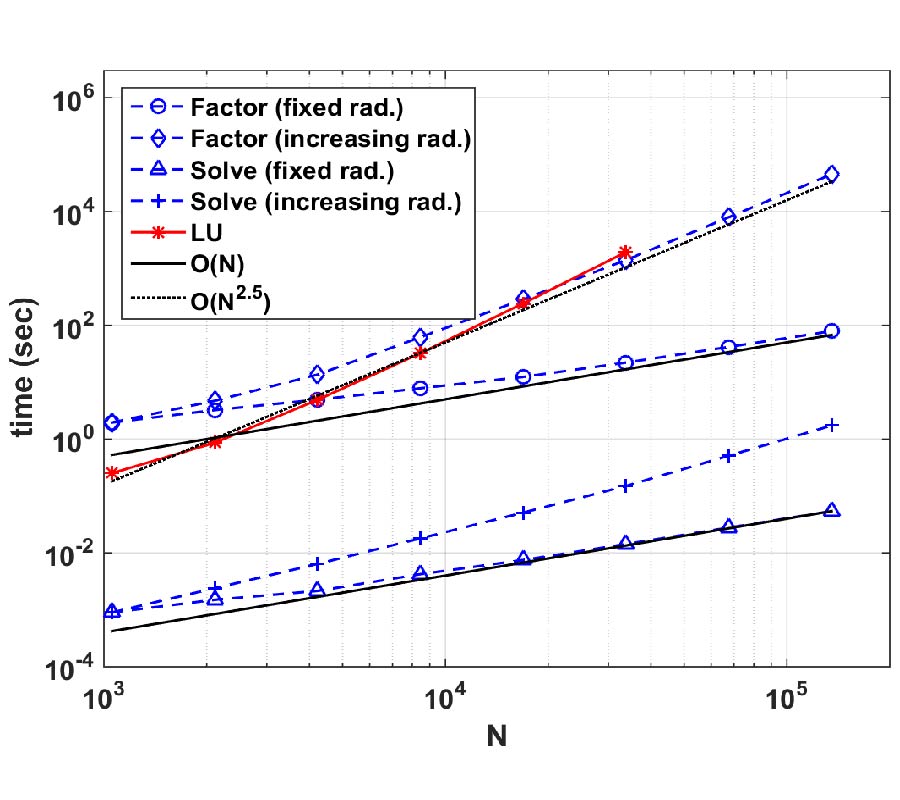Electromagnetic Shielding Characterization of Conductive Knitted Fabrics
A. Oguz KIZILCAY,
Ediz Delihasanlar,
Fidan Gamze Kizilcay Abdulla and
Ahmet Hayrettin Yuzer
This paper examines the electromagnetic shielding characteristics of milano, cardigan and lacoste with respect to weft and rib type composite knitted fabrics. All of these fabrics, made of hybrid yarns containing 50µm diameter metal fibres such as copper, silver and stainless steel, were produced for electromagnetic shielding purposes. The shielding e�effectiveness (SE) of the fabrics was measured by reading S parameters from the signal when the sample was placed in the path of signal at the frequency range 1.7 to 2.6 GHz inside the WR430 waveguide system. After which S parameters was converted to SE values. The variation in electromagnetic shielding eff�effectiveness (EMSE) with the factors, such as radiant frequency, metal type, course density and geometry, were discussed. Experimental results show that all factors, especially the geometry of the fabric, have signifi�cant effect on SE. The best EMSE values were obtained by milano type knitted fabrics which was above 20dB. It was found that milano, cardigan and lacoste composite fabrics, uncommon in EMSE experiments found in literature, give better shielding performances than rib and weft composite fabrics, under the same conditions.
